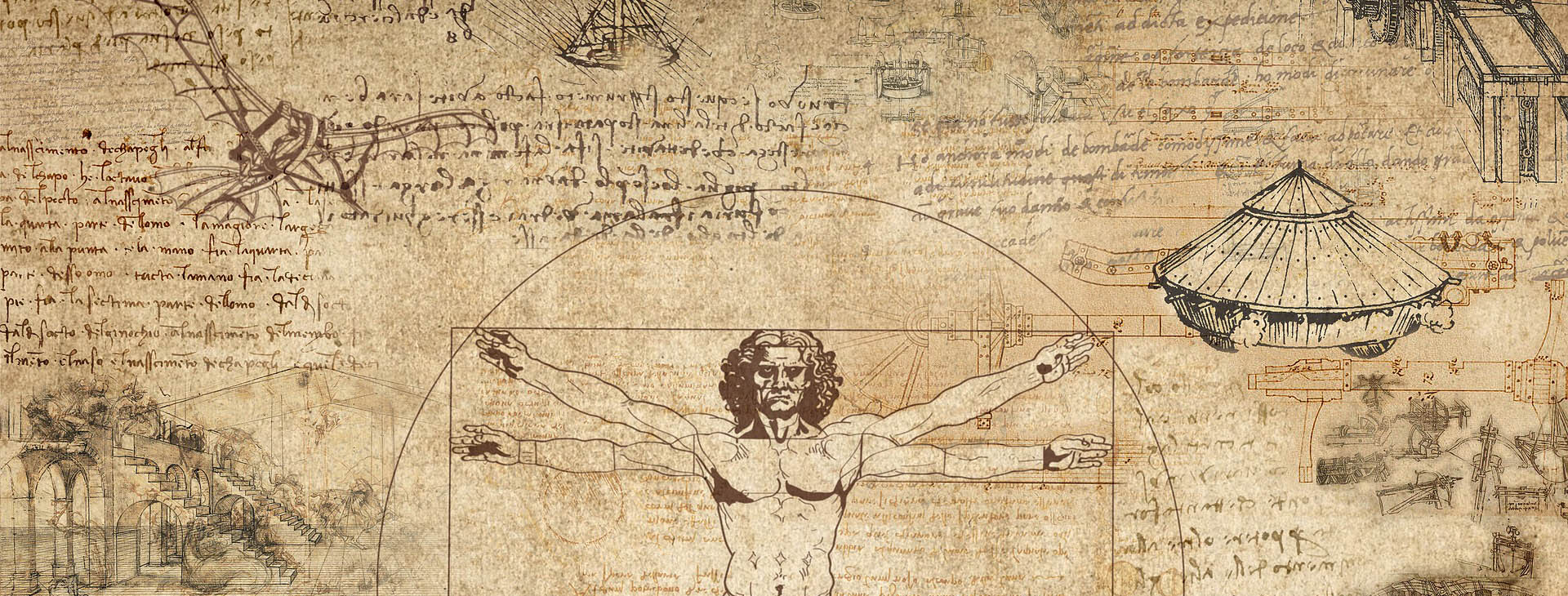Traditionally, art and science have been treated as two separate disciplines, but when they are studied together it is extraordinary the impact one has on the other. Art is often an expression of scientific knowledge, science is behind mixing paint in the correct proportions, or creating perspective in a drawing while visual art has been used to document the natural world for thousands of years, from cave drawings of animals that help today’s researchers figure out yesterday’s fauna, to paintings of centuries-old experiments. One of the most famous examples of the interconnection between art and science is the work of Renaissance master Leonardo da Vinci. His scientific drawings demonstrate that he was also an inventor and researcher, he conducted his own experiments and studies on biology and civil engineering, astronomy and human anatomy.
The Italian painter is considered the polymath, obsessed with observing and understanding phenomena in nature, from the proportions of the human body to how the muscles of the lips moved. He wanted to know about everything around him, in minute detail, Isaacson writes. He wondered about questions “most people over the age of ten no longer puzzle about”, for instance, how the tongue of a woodpecker works.
Da Vinci’s emphasis on empirical observation also helped him improve his art, first, he was able to use what he learned from looking at nature to paint and draw, his studies of the body, animals, motion, shadow and light, perspective and proportion helped him better understand what he was seeing in front of him, and render it in art more accurately and finely than anyone else of his time.
Most importantly, his curiosity-driven explorations, and ability to connect art and science, helped him innovate his work, science and art are the very nature of human attempts to understand and describe the world around us. With the new technologies, we can see more changes taking place between art and science. Photography has always had a deep impact on the art world, it beautifully enhances our natural creative skills and lends an extra level of manipulation and scope. Another example in the working world would have to be the phenomenal creation and growth of Apple and Steve Jobs has been referred to as an artist because of how he approached the design of the hardware and product finishes. However, the most influential factor is the digitization, with the ongoing digital revolution, it has gained a much-needed boost, “digital arts” like CGI, animation, and virtual sculpture, have been giving wonderous insights into our possible artistic futures.
Written by Germana Girelli, Materahub
